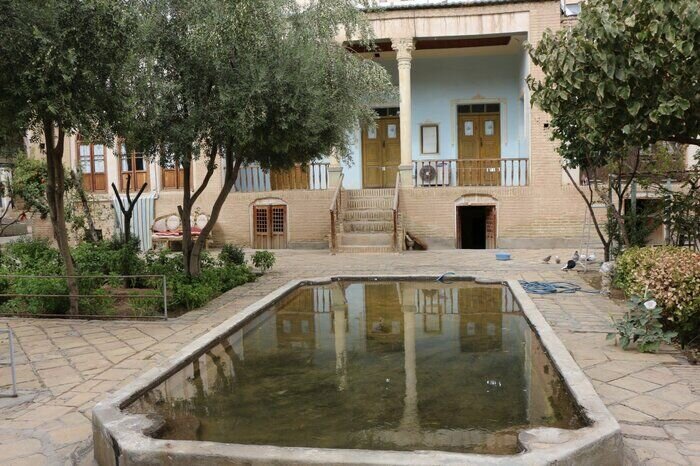Cultural heritage museum to make debut in Saveh

TEHRAN – The ancient Iranian city of Saveh will be embracing its first-ever cultural heritage museum in near future.
A historical house is set to be repurposed to a “modern” museum of cultural heritage in Saveh based on an agreement reached between the governor’s office of the city and the Ministry of Cultural Heritage, Tourism, and Handicrafts, IRNA reported.
Soaked in history and culture, Saveh is situated in the north of Markazi province at a height of 995 meters above sea level. The climate of this city is warm and semi-arid in the east by vicinity to desert and cold in the mountainous region of the west.
Iran is home to one of the world’s oldest continuous major civilizations, embracing settlements dating back to 4000 BC. It also hosts some of the world’s oldest cultural monuments including bazaars, museums, mosques, bridges, bathhouses, madrasas, gardens, rich natural, rural landscapes as well as 26 UNESCO World Heritage sites.
The name of Iran, formerly known as Persia, mostly conjures up the first Persian Empire, ruled by the Achaemenids (ca. 550 – 330 BC) and sites such as Pasargadae and Persepolis. However, there are tens of prehistorical sites as the Burnt City in Sistan-Baluchestan, Tepe Sialk in Kashan, Susa, and Tchogha Zanbil in the Khuzestan province, and Ecbatana in Hamedan which predate the Achaemenid period.
From a wider point of view, Iranian history can be divided into Pre-Islamic and Islamic eras. The Medes unified Iran as a nation and empire in 625 BC. The Islamic conquest of Persia (633–656) that put an end to the mighty Sassanid Empire (224–651) was a turning point in the history of the nation.
AFM
